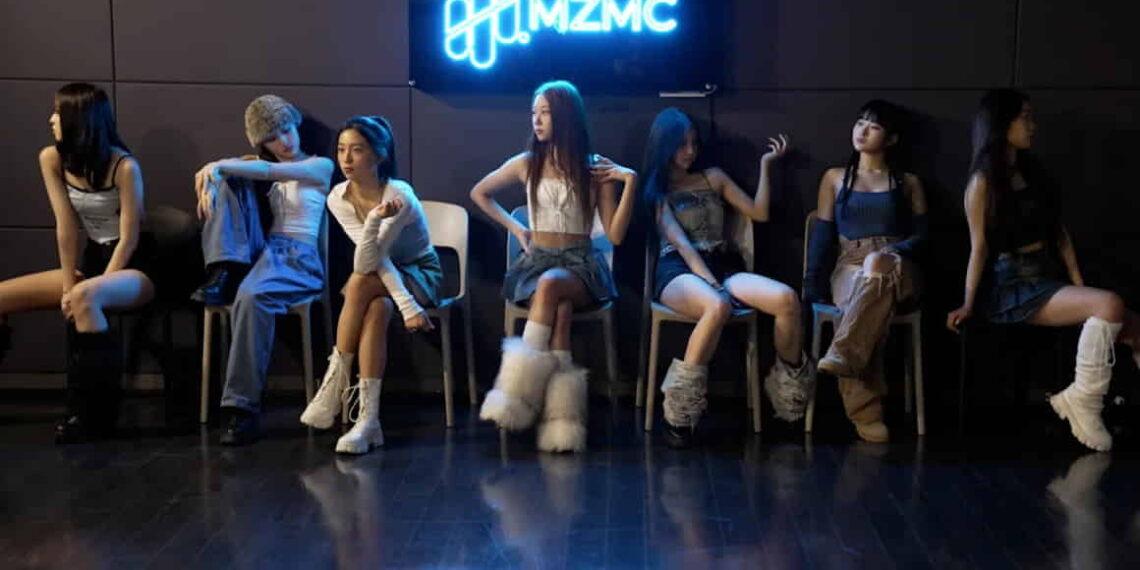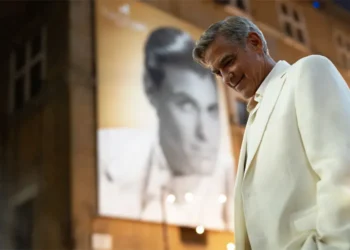The Grueling Journey to K-Pop Stardom: Inside MZMC’s Final Week of Training
For many aspiring K-pop stars, the road to fame is long, difficult, and full of pressure. Seven young women sit in a room, their hearts racing as they await their fate. All are between the ages of 14 and 20, with striking beauty, perfect skin, and glossy hair. Their faces reflect a mix of excitement and anxiety as they wait to find out who will make it into South Korea’s latest K-pop group.
For these girls, this moment represents the culmination of years of hard work and sacrifice. As the global K-pop industry continues to soar in popularity, many young hopefuls, both in South Korea and internationally, dream of reaching this stage. But achieving K-pop stardom is no easy feat.
A Grueling Path to Success
Months or even years of intense training await those who aim for the coveted title of K-pop idol. These young trainees spend their days perfecting their singing, dancing, rapping, and performing skills, all while adhering to strict exercise and diet routines. For many, the sacrifices are immense: formal education is put on hold, and some girls leave their families behind to live in dormitories, chasing a dream in an industry known for its rapid rise and fall.
“In the idol world, 18 is very old… if I miss this opportunity, I worry if there will be another place other than this company that would accept me,” says 18-year-old Ah-In Lee, one of the seven finalists at MZMC, a K-pop agency preparing to launch a new group.
Exclusive Insight into the Final Week of Training
CNN’s Kyung Lah was granted rare access to MZMC’s final week of training before debuting its first-ever group. MZMC founder and CEO, Paul Thompson, an American producer with years of experience in K-pop, estimates that thousands of girls auditioned for the program. Of the 30 who were selected as official trainees, only seven remain.
The final selection process at MZMC is part of the larger K-pop phenomenon, where agencies not only train and manage artists but oversee nearly every aspect of their lives— from their public appearances and social media presence to personal routines. While some critics compare this system to the Motown label of the 1960s and 70s, Thompson says it’s still thriving in South Korea due to the level of investment involved.
The Pressure of Perfection
One of the key elements of a K-pop idol’s career is their physical appearance. In a culture that has long valued beauty standards such as fair skin, slender bodies, and sharp features, K-pop stars are expected to adhere to these ideals. “Nobody wants to idolize someone who reminds them of yourself. You want to look up to someone perfect,” says Thompson, acknowledging the high expectations that come with the job.
However, the pressure to meet these standards can take a toll. Amber Liu, a former K-pop idol, openly admits to developing unhealthy habits, including starvation, to conform to the industry’s beauty expectations. For these young trainees, managing their weight is an ongoing challenge, with some of them tracking their calorie intake and making sacrifices in their diet.
“I have to eat while lessening the amount of food and calculating the nutritional value and calories. That’s a bit difficult,” says Lee, adding that physical appearance is one of the most important aspects of being an idol.
Thompson defends the agency’s approach to training, saying that while the trainees are given healthy meals, the focus is on maintaining a “visual aesthetic” for the group. But for the girls, the pressure remains constant, with some considering plastic surgery to enhance their appeal.
Striving for Stardom Amidst Intense Scrutiny
For the seven remaining trainees at MZMC, the pressure only intensifies as they near their debut. Once a group is formed, the road to fame is still fraught with challenges. Less than 1% of K-pop groups achieve the global success seen by industry giants like BTS and Blackpink. The girls know that public scrutiny will follow them at every step, and even small missteps can lead to backlash.
“There are certain things like that, we train the girls to be aware,” Thompson explains. “If you’re going to do these things (like dating or drinking) when you’re older, you have to be more private about it.”
The loyalty of K-pop fans is intense. Many fans fund albums, attend concerts, and even organize charity events in support of their favorite idols. But this devotion also comes with high expectations, including demands for idols to remain ‘perfect’ in every aspect of their public lives.
Mental Health and the Price of Fame
The stress and pressure of training, as well as the scrutiny that comes with being a K-pop idol, can take a toll on mental health. Seoyoung Yun, a 16-year-old trainee, experienced a panic attack after enduring months of eliminations and intense training. Fortunately, she was able to take time off to recover before returning to the program.
Despite the mental and physical challenges, the dream of stardom remains a powerful motivator. The global success of K-pop, including BTS’s Grammy nominations and Blackpink’s Coachella performance, has made it one of South Korea’s most influential cultural exports.
For the seven girls at MZMC, the chance to break into the global K-pop scene is just one step away. By the end of that day, their fate is sealed: VVS, the new group, is born, and the trainees officially become part of the growing K-pop wave.
“We will achieve a certain level of success. We will find the right fan base and the right people that will enjoy our music,” Thompson says confidently, though whether the group will reach the heights of Blackpink or BTS remains to be seen.
For these girls, their journey to K-pop stardom has only just begun.
This article was rewritten by JournosNews.com based on verified reporting from trusted sources. The content has been independently reviewed, fact-checked, and edited for accuracy, neutrality, tone, and global readability in accordance with Google News and AdSense standards.
All opinions, quotes, or statements from contributors, experts, or sourced organizations do not necessarily reflect the views of JournosNews.com. JournosNews.com maintains full editorial independence from any external funders, sponsors, or organizations.
Stay informed with JournosNews.com — your trusted source for verified global reporting and in-depth analysis. Follow us on Google News, BlueSky, and X for real-time updates.













